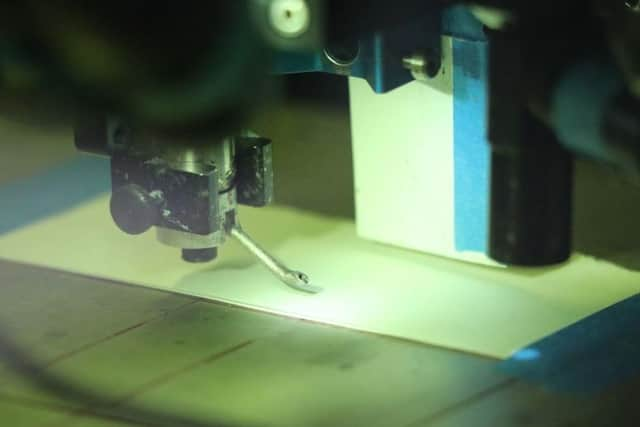Researchers in Sheffield use 3-D printers to make cheap antennas for 5G and 6G 'over a lunch break'
The millimetre wave aerials are much quicker and cheaper to produce than those currently used by the telecommunications industry, but have the same level of performance, a team at Sheffield University said.
"You could go for lunch and have a new antenna for testing after lunch,” said Steve Marsden, from the University’s Department of Electronic and Electrical Engineering.
Advertisement
Hide AdAdvertisement
Hide AdHe said their system – principally developed by research technician Matt Davies - would be ideal for start-ups, or an individual, wanting to test out a novel design, but doesn’t have the deep pockets of an industry giant like Microsoft.


Instead of having to wait six or seven weeks to manufacture a new antenna, the process can be cut to just a few hours, boosting the speed of the research and development process.
The antennas, which have been tested at various frequencies used by 5G and 6G networks, up to 75 GHz, can be printed on materials including insulating tape, paper and fabric – opening up the potential that they can be worn.
The ink used includes silver nanoparticles, which have excellent electrical properties for radio frequency. Mr Marsden said it allowed people the freedom of “trial and error”. He said: “We’ve done things with this system that we’d never have bothered trying before because it was too expensive. In the past if you were doing research you’d maybe have three antennas made – and whichever was best you’d use.
Advertisement
Hide AdAdvertisement
Hide Ad"Now you can make as many as you want in any shape or form that you want.”
Eddie Ball, Reader in RF Engineering at the University, said it could be a game changer: "The design could be used to produce antennas on a much larger scale and therefore have the capability to cover more areas and bring the fastest mobile networks to parts of the world that have not yet had access.”
